Soil Sedimentation Cylinder Hydrometer Jar
A Soil Sedimentation Cylinder Hydrometer Jar, also known as a hydrometer jar, is a specialized 1000 mL graduated cylinder
Soil Sedimentation Cylinder Hydrometer Jar:-
A best Soil Sedimentation Cylinder Hydrometer Jar, also known as a hydrometer jar, is a specialized 1000 mL graduated cylinder used to conduct the hydrometer test for determining the particle size distribution of fine-grained soils (silt and clay).1 It is a tall, clear glass cylinder with a stable base and a single mark indicating the 1000 mL volume.2 This piece of equipment is essential for soil texture analysis, which is a crucial aspect of geotechnical and agricultural engineering.
<hr size=2 width=”100%” align=center>
How it Works Soil Sedimentation Cylinder Hydrometer Jar:
The Soil Sedimentation Cylinder Hydrometer Jar operation of a soil sedimentation cylinder is based on Stokes’ Law, which describes the settling velocity of spherical particles in a fluid.3 The procedure is as follows:
- Sample Preparation: A soil sample is first pre-treated to remove organic matter and then thoroughly dispersed using a high-speed mixer and a chemical dispersing agent (like sodium hexametaphosphate).4 This process ensures that all soil aggregates are broken down into their individual particles.
- Suspension: The dispersed soil slurry is transferred to the sedimentation cylinder.5 Distilled water is added to bring the total volume to the 1000 mL mark.
- Sedimentation: The cylinder is vigorously shaken or agitated with a plunger to create a uniform soil-water suspension. Immediately after agitation stops, a stopwatch is started.
- Hydrometer Readings: A hydrometer is carefully lowered into the suspension at specific time intervals (e.g., 40 seconds, 2 hours, etc.). The hydrometer floats at a certain depth, and its reading indicates the density of the suspension at that specific depth.6
- Early Reading (e.g., 40 seconds): At this point, the larger particles (sand) have settled to the bottom due to their higher mass and faster settling velocity. The hydrometer measures the density of the remaining suspension, which is composed of silt and clay.7
- Later Reading (e.g., 2 hours): After a longer period, the silt particles have also settled out, leaving only the very fine clay particles suspended in the water. The hydrometer’s reading now reflects the density of the clay suspension.8
- Calculations: By using the hydrometer readings, the settling time, and other corrections (temperature, dispersing agent), the percentage of sand, silt, and clay in the soil sample can be calculated.
Mathematical Calculations
The Soil Sedimentation Cylinder Hydrometer Jar core of the hydrometer test calculations is the use of Stokes’ Law to determine the diameter (D) of the largest particle still in suspension at a given time (t). The formula is:
D=(ρs−ρw)g18η×tL
where:
- D: Diameter of the particle (mm)9
- η: Dynamic viscosity of water (Pa·s or g/cm·s), which is highly dependent on temperature.
- ρs: Density of the soil particles (g/cm3), typically assumed to be around 2.65 g/cm³.
- ρw: Density of water (10g/cm3), approximately 1.0 g/cm³.11
- g: Acceleration due to gravity (980cm/s2).
- L: Effective depth of the hydrometer bulb (cm).12 This value is not the reading on the stem but a calculated value that accounts for the hydrometer’s shape.
- t: Elapsed time since the start of sedimentation (minutes).13
This complex formula is often simplified into a more practical form using a constant (K):
D=KtL
The constant K encapsulates all the values that don’t change during the test (like gravity) and some that are corrected for (like temperature and soil density).
After calculating the particle diameter, the percentage of particles finer than that diameter is determined using the corrected hydrometer reading (14Rc) and the mass of the soil sample (15Ws):16
| Soil Sedimentation Cylinder | Img |
| Soil Sedimentation Cylinder Hydrometer Jar % Finer=WsRc×100 | 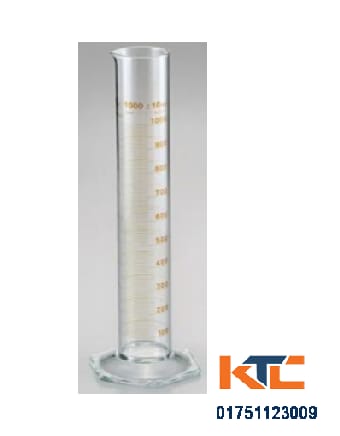 |
These calculations, along with the initial sieve analysis for sand content, provide a complete particle size distribution curve for the soil.17
This video explains how a sedimentation cylinder is used to determine soil particle size distribution.
Be the first to review “Soil Sedimentation Cylinder Hydrometer Jar”
You must be logged in to post a review.
Related products
All Categories

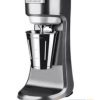
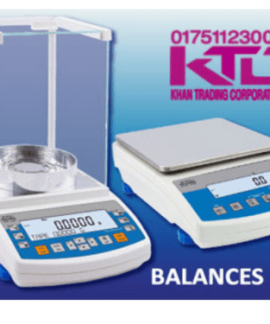
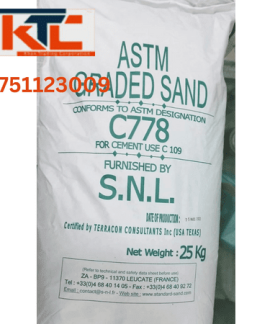
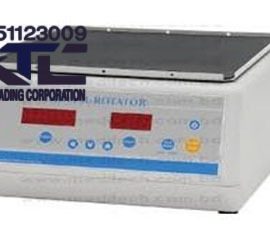

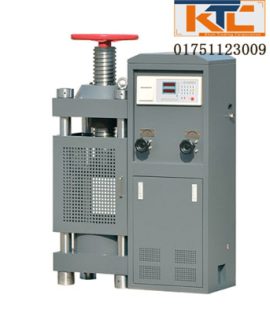
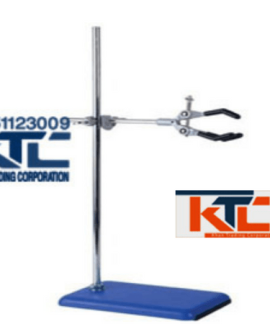
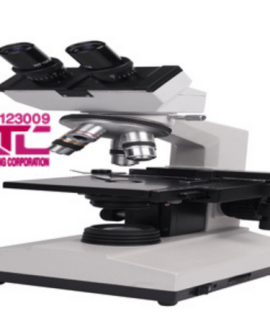

Reviews
There are no reviews yet.